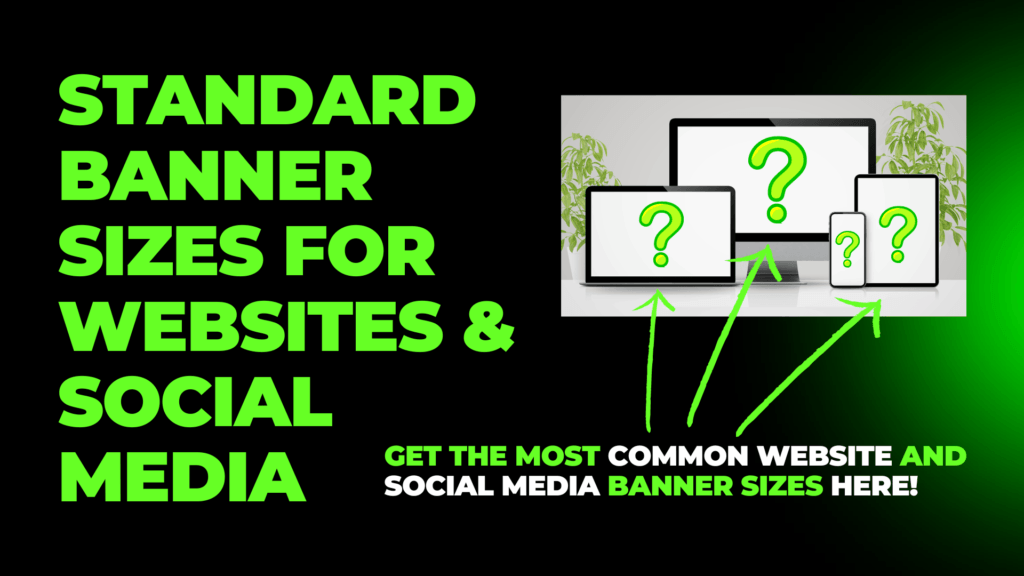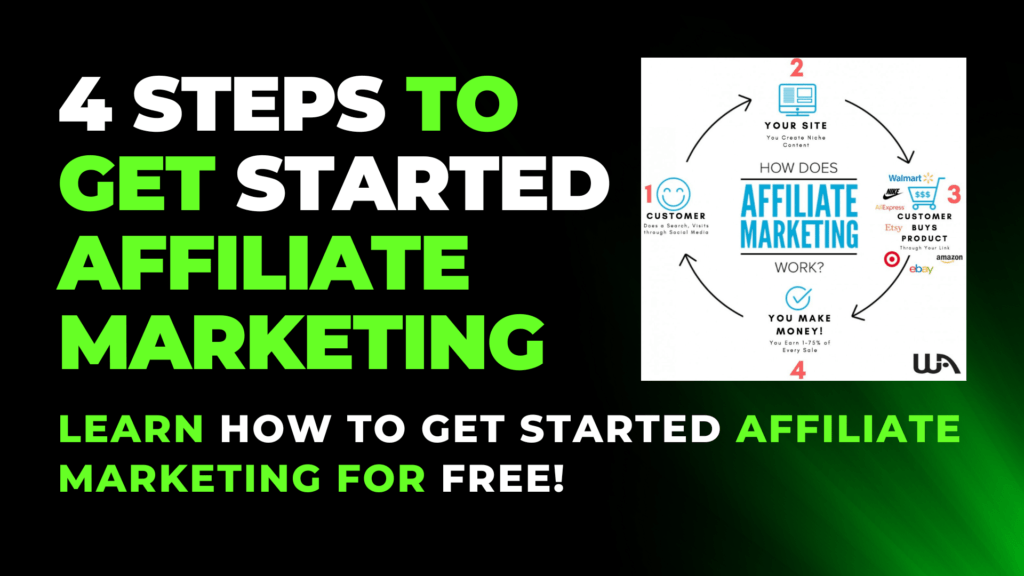1000s of them, which one is the right one? does it matter? In today’s blog i am going to show you the most standard banner sizes for online websites, and social media platforms.
Starting with the most popular social media platforms here are the most common, and most standard banner sizes for 2024
Standard Banner Sizes For Socail Media Platforms
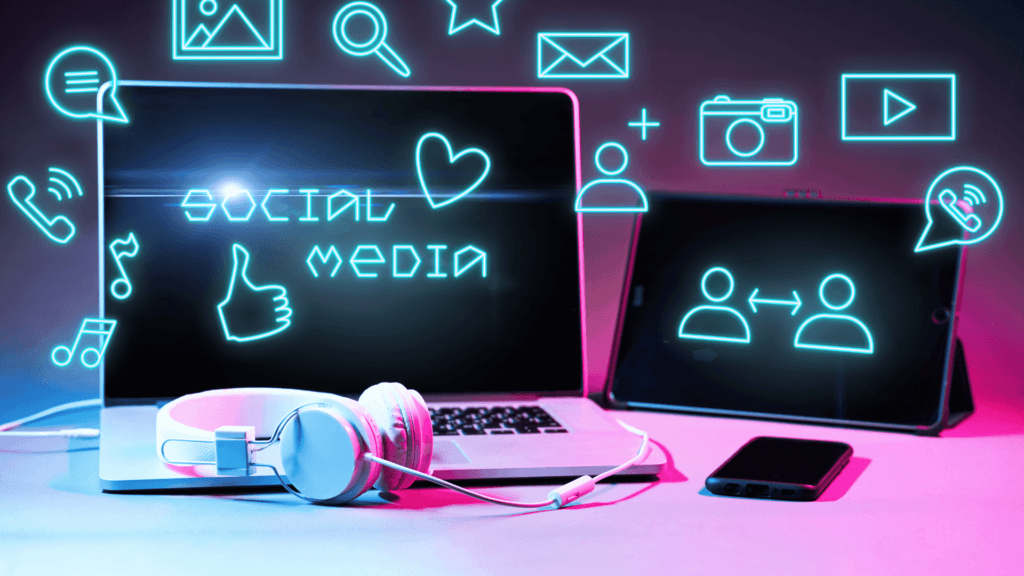
Here are 20 social media platforms and other standard banner sizes for 2024.
Please note that social media platforms may update their design guidelines, so it’s always a good idea to check the latest specifications on the respective platform’s official documentation.
Facebook:
- Cover Photo (Banner Image): 820 x 312 pixels
- Profile Picture: 180 x 180 pixels
Pinterest:
- Board Cover (Banner Image): 800 x 450 pixels
- Profile Picture: 165 x 165 pixels
Twitter:
- Header Photo (Banner Image): 1500 x 500 pixels
- Profile Picture: 400 x 400 pixels
YouTube:
- Channel Art (Banner Image): 2560 x 1440 pixels (minimum safe area: 1546 x 423 pixels)
- Profile Picture: 800 x 800 pixels
TikTok:
- Profile Picture: 200 x 200 pixels
- Banner Image (Pro Accounts): 1080 x 1920 pixels
Instagram:
- Profile Picture: 110 x 110 pixels
- Instagram Feed Post (Banner Image): 1080 x 1080 pixels
Reddit:
- Banner Image: 1920 x 384 pixels
- Profile Picture: 256 x 256 pixels
LinkedIn:
- Cover Photo (Banner Image): 1584 x 396 pixels
- Profile Picture: 400 x 400 pixels
Snapchat:
- Geofilter (Banner Image): 1080 x 1920 pixels
- Profile Picture: 320 x 320 pixels
Tumblr:
- Header Image (Banner Image): 3000 x 1055 pixels
- Profile Picture: 128 x 128 pixels
Flickr:
- Cover Photo (Banner Image): 2048 x 512 pixels
- Profile Picture: 75 x 75 pixels
Vimeo:
- Cover Photo (Banner Image): 1280 x 748 pixels
- Profile Picture: 300 x 300 pixels
WhatsApp:
- Profile Picture: 640 x 640 pixels
WeChat:
- Banner Image: 360 x 360 pixels
- Profile Picture: 200 x 200 pixels
Line:
- Cover Photo (Banner Image): 1024 x 768 pixels
- Profile Picture: 180 x 180 pixels
Telegram:
- Channel Image (Banner Image): 1080 x 1080 pixels
- Profile Picture: 180 x 180 pixels
Medium:
- Profile Picture: 400 x 400 pixels
- Publication Header (Banner Image): 1400 x 560 pixels
Quora:
- Banner Image: 1200 x 300 pixels
- Profile Picture: 128 x 128 pixels
Periscope:
- Cover Photo (Banner Image): 1500 x 500 pixels
- Profile Picture: 400 x 400 pixels
Mix (formerly StumbleUpon):
- Profile Picture: 180 x 180 pixels
- Banner Image: 1600 x 900 pixels
Keep in mind these are the standard banner sizes and can be altered according to your design.
If you are unsure, stick to the standard banner designs I have mentioned here.
Standard Banner Sizes For Websites and Website Features
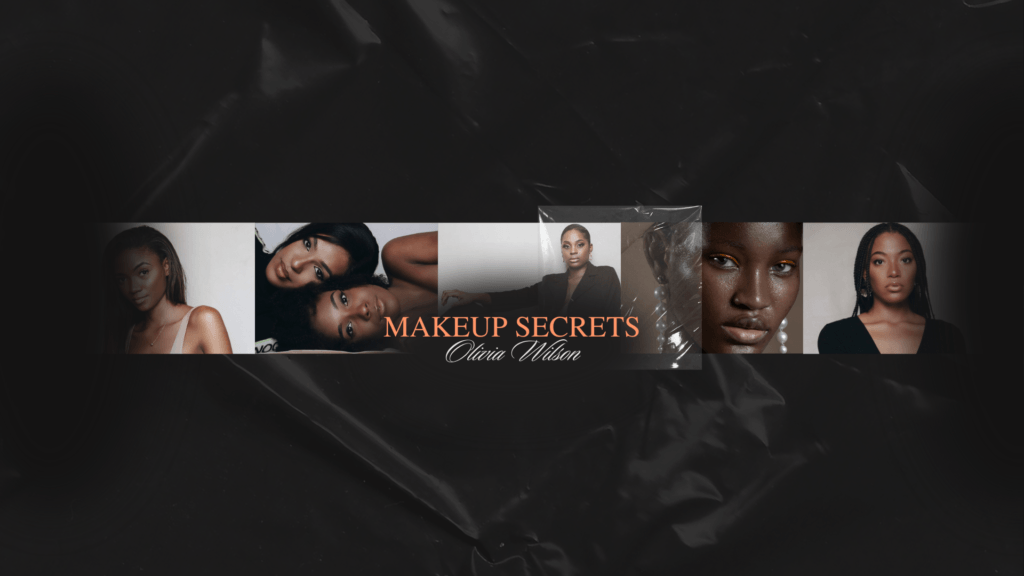
In the dynamic realm of web design, the banner serves as the virtual gateway to your digital world, offering visitors a compelling first impression and setting the tone for their entire online experience.
Website banners are not just decorative elements; they are powerful tools that convey your brand’s identity, communicate messages, and guide users through the immersive journey of your website.
Standard Banner Sizes For Websites and Website Features:
Website Header:
- Banner Image: Varies based on design, common sizes include 1920 x 1080 pixels or 1440 x 400 pixels.
Logo:
- Main Logo: Varies, but a common size is around 300 x 100 pixels.
Favicon:
- Favicon Icon: 16 x 16 pixels or 32 x 32 pixels.
Slider Images/Carousel:
- Slide Image: Varies, but a common size is 1920 x 1080 pixels.
Featured Images for Blog Posts:
- Thumbnail Image: Varies, but a common size is around 1200 x 800 pixels.
Background Images:
- Full-Screen Background: Varies, but a common size is 1920 x 1080 pixels.
Call-to-Action (CTA) Buttons:
- Banner Image/Button Background: Varies based on design, but a common size is around 300 x 100 pixels.
Product Images for E-commerce:
- Product Thumbnail: Varies, but a common size is around 300 x 300 pixels.
- Zoomed-in Product Image: Higher resolution, around 1200 x 1200 pixels.
Testimonial Images:
- Testimonial Photo: Varies, but a common size is around 200 x 200 pixels.
Footer:
- Footer Background: Varies based on design, but a common size is around 1920 x 200 pixels.
Social Media Icons:
- Icon Size: Varies, but a common size is around 40 x 40 pixels.
Featured Image for Portfolio:
- Thumbnail Image: Varies, but a common size is around 800 x 600 pixels.
Popup Images:
- Popup Banner Image: Varies based on design, common sizes include 800 x 600 pixels.
Navigation Menu:
- Menu Background: Varies based on design, but a common size is around 1920 x 50 pixels.
Login Page:
- Background Image: Varies, but a common size is around 1920 x 1080 pixels.
404 Error Page:
- Illustration/Image: Varies, but a common size is around 800 x 600 pixels.
Parallax Section:
- Background Image: Varies, but a common size is 1920 x 1080 pixels.
Newsletter Signup:
- Banner Image: Varies based on design, common sizes include 800 x 400 pixels.
Search Results Page:
- Thumbnail Image: Varies, but a common size is around 150 x 150 pixels.
Contact Form:
- Background Image: Varies based on design, but a common size is around 1200 x 600 pixels.
These sizes are general guidelines, and actual dimensions may vary based on the specific requirements of your website theme or design preferences. Always check the documentation provided by your chosen website theme for any specific recommendations.
Standard Banner Sizes Design
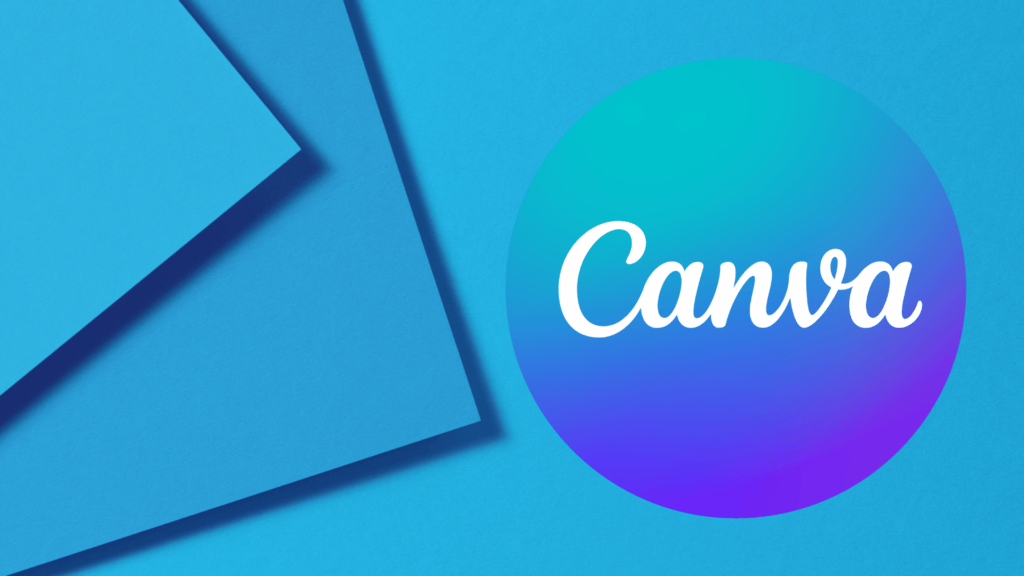
I use Canva for all my banner design work.
Canva is fun, easy to use, and offers a free membership with lots of high-quality images you can use in your banner design work.
Canva is used by professionals all over the world and is my number one design platform recommendation.
Crafting a Visual Identity for Your Digital Space
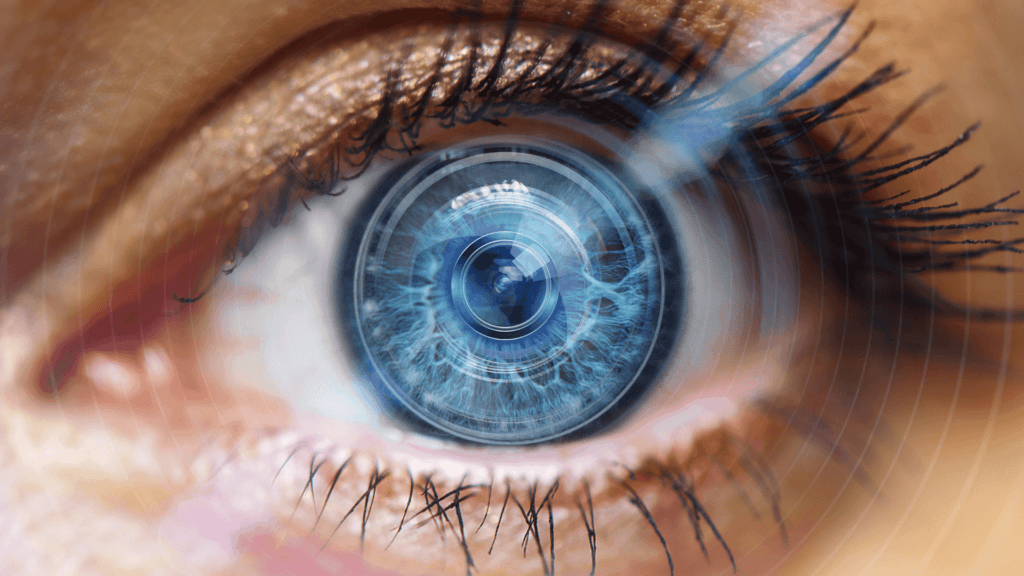
The website banner, typically found at the top of a webpage, is a visual focal point that captures attention immediately.
A well-designed banner seamlessly blends aesthetics with functionality, creating a harmonious balance that resonates with your brand’s personality.
Diverse Dimensions for Varied Designs:
One of the fascinating aspects of website banners is their adaptability to different design styles and purposes. The dimensions of a banner can vary significantly based on the overall theme and objectives of a website.
From expansive full-screen banners that command attention to sleek and subtle headers that complement minimalist designs, the possibilities are vast.
A Symphony of Elements:
Within the realm of web design, banners play host to various elements, each serving a unique purpose. Logos find their place, conveying brand identity, while visually striking images and graphics set the tone for the content that follows.
Call-to-action buttons strategically placed in banners guide users toward essential actions, enhancing user engagement and conversion rates.
Evolving with Trends and Branding:
Website banners are not static entities; they evolve with design trends and adapt to the evolving identity of a brand.
Whether it’s embracing the latest color schemes, incorporating dynamic visuals, or experimenting with innovative layouts, banners are the canvas upon which your brand’s visual narrative unfolds.
Mobile Responsiveness:
In an era where mobile browsing is ubiquitous, the significance of responsive website banners cannot be overstated.
Designers meticulously craft banners that seamlessly adapt to different screen sizes, ensuring a consistent and visually pleasing experience across devices.
The Intersection of Form and Function:
Beyond aesthetics, website banners serve functional purposes. They guide users through the navigation menu, provide easy access to essential information, and even announce promotions or key messages. Striking the right balance between form and function is the hallmark of an effective website banner.
Overview Of Standard Banner Sizes
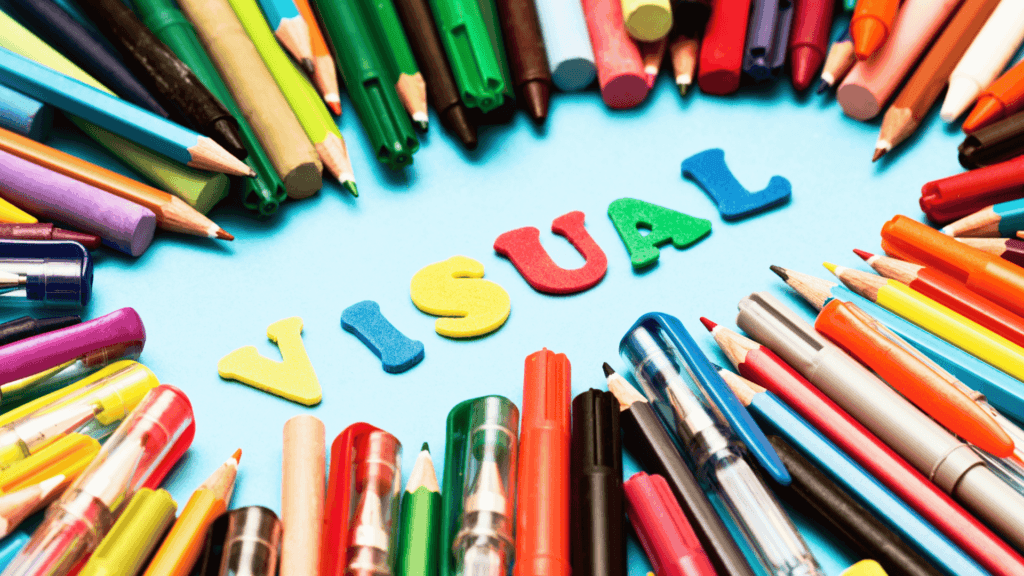
Website banners are more than just decorative elements—they’re essential tools for brand identity, user navigation, and engagement. By blending aesthetics with functionality, banners shape the user experience and adapt to various devices, meeting the needs of today’s mobile-centric audience.
Effective banner design goes beyond size—it’s about creating a cohesive visual identity that captivates, guides, and converts. As digital trends evolve, banners play a pivotal role in telling your brand’s story and enhancing its online presence.

